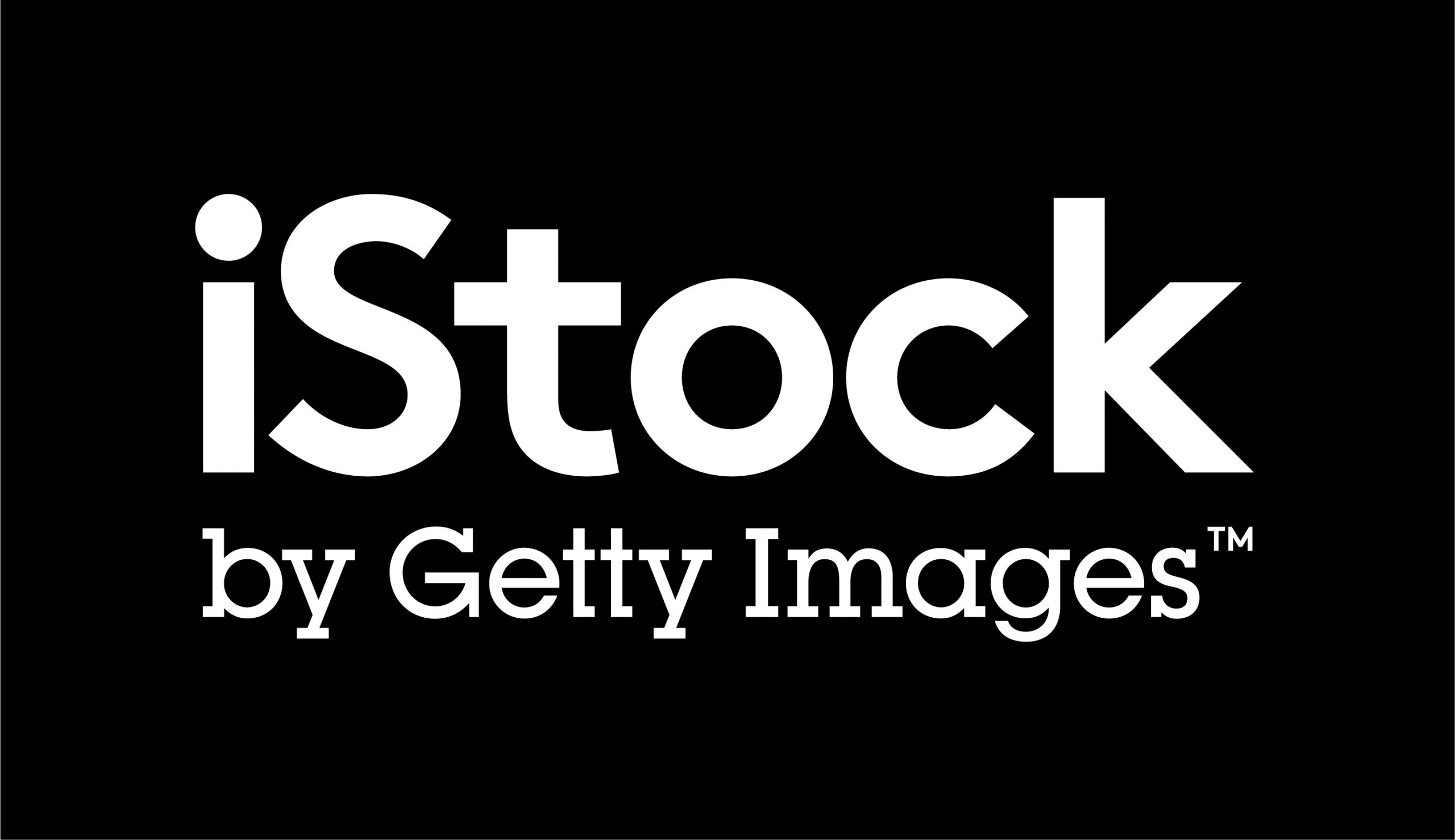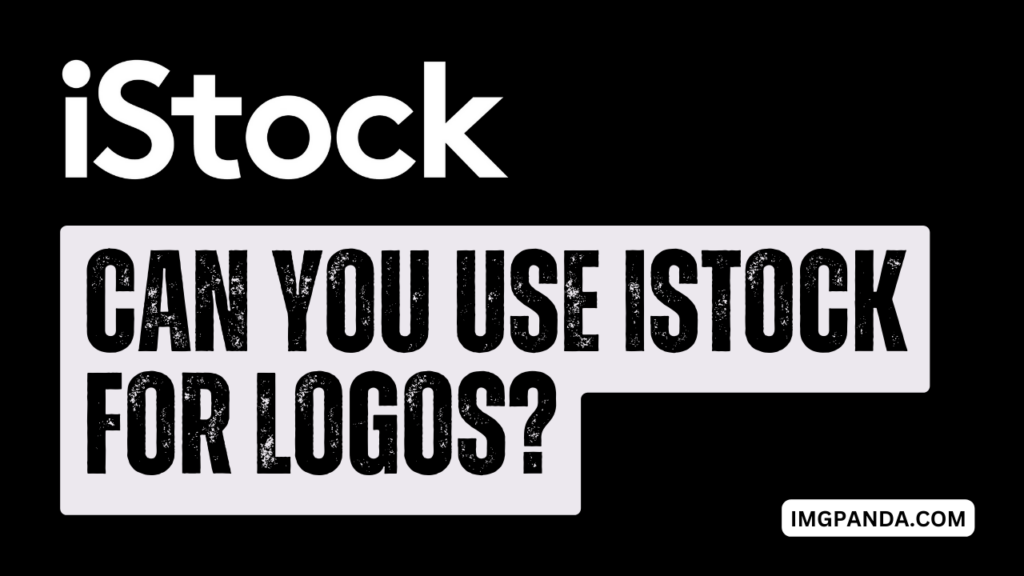Introduction
Logos play a crucial role in establishing a brand's identity and creating a lasting impression on consumers. In the realm of logo design, stock images have become a popular resource for their convenience and cost-effectiveness. This blog post aims to shed light on the question: Can you use iStock for logos? While iStock is a renowned platform for stock assets, there are limitations and guidelines that need to be understood when using their images for logo design.
By exploring the intricacies of copyright, branding requirements, and trademark considerations, we can navigate the possibilities and challenges of incorporating iStock assets into logos effectively and legally.
Also Read This: Free Downloads from Depositphotos: Your Guide
What is iStock?
A. Brief overview of iStock as a popular stock image platform
iStock is a widely recognized and reputable online marketplace for stock images, illustrations, videos, and other creative assets. It was founded in 2000 and has since grown into a leading platform in the stock media industry. iStock offers a vast library of high-quality visuals contributed by a global community of photographers, illustrators, and videographers. It provides businesses, designers, and individuals with access to a diverse range of visual content to enhance their creative projects.
B. Features and benefits of using iStock for creative projects
Using iStock for creative projects, including logo design, offers several advantages. Some key features and benefits include:
- Extensive Content Library: iStock boasts an extensive collection of millions of images, illustrations, vectors, videos, and audio files, ensuring a wide range of options to suit various project requirements.
- Quality Assurance: All content on iStock undergoes a rigorous review process to maintain high standards, ensuring that users have access to professional-grade assets.
- Versatile Licensing Options: iStock provides flexible licensing options, including royalty-free licenses, which allow users to utilize the purchased assets in multiple projects without paying additional fees.
- Time and Cost Efficiency: By using iStock, designers and businesses can save time and resources by avoiding the need to create visuals from scratch, ultimately accelerating their creative process and reducing costs.
- Global Contributor Community: iStock's diverse community of contributors spans the globe, resulting in a wide variety of visual styles, themes, and subjects, catering to a broad spectrum of project needs.
C. Different types of assets available on iStock (photos, illustrations, vectors, etc.)
iStock offers a rich assortment of assets across various categories, ensuring that users can find the right visual elements for their projects. These categories include:
- Photos: iStock features an extensive collection of high-resolution photographs encompassing various subjects, such as landscapes, people, food, architecture, and more.
- Illustrations: Users can access a diverse range of illustrations, including hand-drawn artwork, digital illustrations, icons, and infographics, to add visual appeal and storytelling elements to their designs.
- Vectors: iStock provides scalable vector graphics that retain their quality and sharpness regardless of size, making them ideal for logos and other designs that require flexibility and adaptability.
- Videos: The platform offers a vast selection of video clips and footage, covering various themes and genres, allowing users to incorporate dynamic visuals into their multimedia projects.
- Audio: iStock also features a collection of royalty-free music, sound effects, and audio clips, enabling users to enhance their projects with high-quality audio elements.
The diverse range of assets available on iStock ensures that designers and businesses can find suitable visuals to create compelling and visually appealing logos and other creative projects.
[caption id="attachment_185549" align="alignnone" width="2560"] What is iStock[/caption]
What is iStock[/caption]
Also Read This: How to Successfully Sell Photos on EyeEm
The Limitations of Using iStock for Logos
A. Copyright and licensing considerations
- Copyright protection for logos: Logos, as unique and original works of art, are protected by copyright. When using iStock assets for logos, it's essential to ensure that the chosen images or elements do not infringe upon any existing copyrights. This includes avoiding direct replication or unauthorized use of copyrighted logos.
- Differences between commercial and editorial use: iStock provides different licensing options for commercial and editorial use. It's crucial to understand the specific licensing terms and restrictions associated with the chosen asset to ensure compliance with copyright laws and avoid legal complications.
B. Unique and exclusive branding requirements
- Tailoring a logo to represent a specific brand: Logos are designed to embody a brand's identity, values, and personality. While iStock offers a wide range of assets, it may be challenging to find a ready-made image that perfectly aligns with a brand's unique requirements. Customization and personalization may be necessary to create a distinctive logo that effectively represents the brand.
- Avoiding generic or overused elements: Using stock assets, including those from iStock, runs the risk of incorporating generic or overused elements. These elements may not effectively communicate a brand's uniqueness and can dilute its identity. It's important to exercise creativity and ensure that the logo stands out in a crowded market.
C. Trademark issues and potential conflicts
- Conducting thorough trademark research: Before finalizing a logo, comprehensive trademark research is crucial to avoid potential conflicts. Even if an iStock asset appears suitable for a logo, it may have similarities to existing trademarks or be subject to trademark protection. Careful examination and due diligence can help mitigate the risk of trademark infringement.
- Avoiding infringement and legal implications: Unauthorized use of trademarks can lead to legal consequences, including legal disputes, financial liabilities, and damage to a brand's reputation. It's essential to create a logo that does not infringe upon existing trademarks and to seek legal advice if there are any concerns about potential conflicts.
Understanding these limitations when using iStock for logos is vital to ensure legal compliance, create a unique and tailored brand identity, and avoid any negative consequences associated with copyright infringement or trademark conflicts. By being mindful of these considerations, designers and businesses can make informed decisions when utilizing iStock assets in their logo design process.
[caption id="attachment_185568" align="alignnone" width="1500"] The Limitations of Using iStock for Logos[/caption]
The Limitations of Using iStock for Logos[/caption]
Also Read This: Is iStock Images Worth It? Evaluating the Value and Benefits of iStock Images
Guidelines for Using iStock Assets in Logos
A. Selecting appropriate images for logo design
- Considering relevance and suitability for the brand: When choosing iStock assets for logos, prioritize images that align with the brand's values, industry, and target audience. Select visuals that effectively convey the brand's message and evoke the desired emotions.
- Ensuring high-quality and scalable assets: Opt for high-resolution images or vector graphics from iStock to ensure that the logo retains its visual integrity across various sizes and platforms. This allows for flexibility in resizing without compromising quality.
B. Customizing stock assets to create unique logos
- Modifying images to align with brand aesthetics: Customize iStock assets to match the brand's visual identity by adjusting colors, shapes, and other design elements. This ensures that the logo has a unique and cohesive look that distinguishes it from others.
- Combining multiple assets for originality: Use iStock assets as a starting point and combine them creatively to develop a logo that stands out. By blending different elements or incorporating custom illustrations, you can enhance the logo's originality and uniqueness.
C. Legal compliance and attribution requirements
- Following iStock's licensing terms and restrictions: Adhere to iStock's licensing agreements and usage guidelines for each asset. Understand the permitted use, whether it's for commercial or editorial purposes, and comply with any restrictions, such as limitations on the number of impressions or usage duration.
- Providing proper credit where necessary: If iStock assets require attribution, ensure that the necessary credits are included alongside the logo. Follow iStock's guidelines for attribution, which may include displaying the photographer or artist's name and providing a link to their iStock portfolio.
By following these guidelines, designers can effectively leverage iStock assets in logo design while maintaining legal compliance and creating unique, visually appealing logos that represent the brand's identity. It's essential to strike a balance between utilizing stock assets and adding customization to ensure a distinctive and memorable logo.
[caption id="attachment_185569" align="alignnone" width="1500"] Guidelines for Using iStock Assets in Logos[/caption]
Guidelines for Using iStock Assets in Logos[/caption]
Also Read This: Shutterstock vs Shutterfly: A Tale of Two Visual Platforms
Alternative Options for Logo Design
A. Hiring a professional logo designer
- Benefits of working with a skilled designer: Engaging a professional logo designer offers numerous advantages. They possess expertise in logo design principles, trends, and brand positioning, enabling them to create a logo that effectively captures the essence of a brand.
- Tailored approach to brand identity and uniqueness: Professional logo designers collaborate closely with clients to understand their brand's personality, target audience, and industry. They can translate these insights into a custom-designed logo that reflects the brand's unique identity and sets it apart from competitors.
B. Creating a logo from scratch
- Utilizing design software and tools: Design software, such as Adobe Illustrator, provides a platform for creating logos from scratch. These tools offer a wide array of design features, allowing designers to experiment with typography, shapes, colors, and other visual elements.
- Exploring DIY logo creation resources: Various online platforms offer DIY logo creation tools, templates, and resources. These user-friendly tools enable individuals and small businesses with limited design skills to create their own logos by customizing pre-designed elements.
It's worth noting that while these alternative options provide flexibility and creative control, they require a certain level of design expertise or resources. Hiring a professional designer ensures a high-quality, tailored logo, while creating a logo from scratch demands time, effort, and an understanding of design principles.
In conclusion, while iStock can be a valuable resource for logo design, exploring alternative options like hiring a professional logo designer or creating a logo from scratch allows for greater customization and uniqueness. Each option offers its own set of advantages and considerations, depending on the brand's requirements, resources, and design capabilities.
[caption id="attachment_185571" align="alignnone" width="1024"] Alternative Options for Logo Design[/caption]
Alternative Options for Logo Design[/caption]
Also Read This: WireImage Licensing: Guidelines and Tips for Bloggers
Frequently Asked Questions (FAQs)
Can I use iStock images for my logo without any modifications?
No, it is recommended to customize iStock images to make them unique to your brand. Modifying the images ensures that your logo stands out and avoids any potential conflicts with other logos or trademarks.
Do I need to purchase an extended license for using iStock images in my logo?
In most cases, a standard license is sufficient for using iStock images in logos. However, it's important to review the licensing terms for each asset and consider the specific usage requirements. If you have any doubts, it's best to consult iStock's licensing information or contact their support team.
Can I trademark a logo created using iStock assets?
Yes, it is possible to trademark a logo created using iStock assets, provided that the logo meets the legal requirements for trademark registration. It is recommended to consult with a trademark attorney to ensure compliance with trademark laws and to assess the distinctiveness and availability of the logo for registration.
Are iStock images exclusive to me once purchased for a logo?
No, iStock images are typically non-exclusive. This means that other users can also license and use the same images for their projects, including logos. If exclusivity is important, it is advisable to explore other options like custom-designed or exclusive stock images.
What are the restrictions for using iStock assets in logos?
The specific restrictions for using iStock assets in logos can vary based on the licensing terms of each asset. It is important to review and comply with the usage rights and limitations provided by iStock for each image or asset used in your logo design.
Can I use iStock assets in a logo for commercial purposes?
Yes, iStock assets can be used in logos for commercial purposes, as long as you adhere to the licensing terms and any specific usage restrictions associated with the chosen assets.
Do I need to credit iStock in my logo design?
No, you do not need to credit iStock in your logo design. However, if an iStock asset requires attribution, it is important to follow the licensing guidelines and provide the necessary credits alongside the logo where required.
Conclusion
In conclusion, understanding the limitations and guidelines for using iStock assets in logos is crucial for designers and businesses. While iStock offers a vast collection of high-quality images, illustrations, vectors, and more, it is essential to consider copyright, licensing, branding requirements, and trademark issues. By selecting appropriate assets, customizing them to align with the brand's aesthetics, and ensuring legal compliance, iStock can be a valuable resource for logo design.
However, alternative options such as hiring a professional logo designer or creating a logo from scratch provide opportunities for greater customization and uniqueness. Ultimately, informed decision-making and creativity are key to creating memorable and effective logos.












